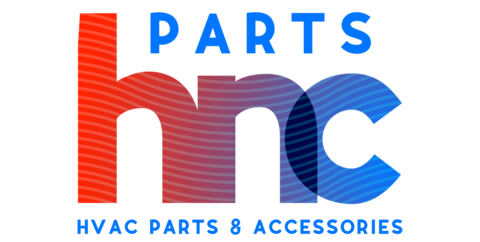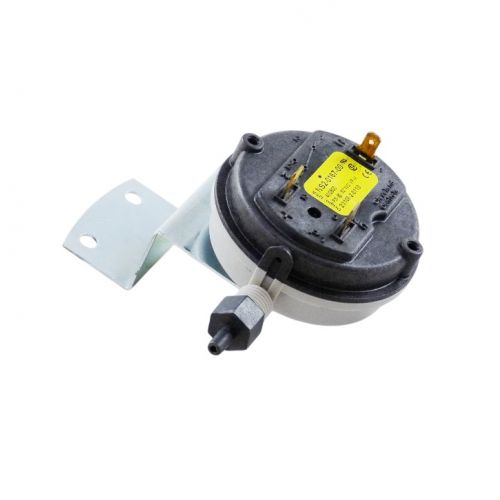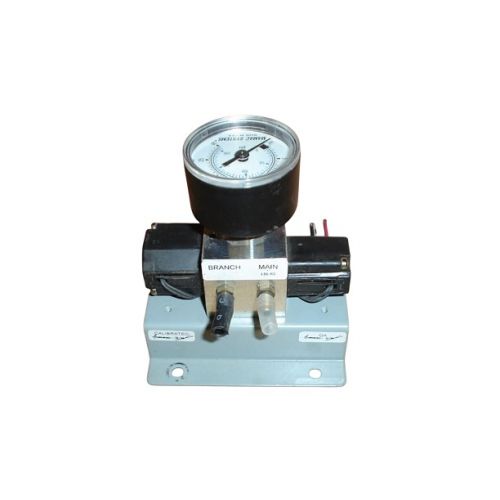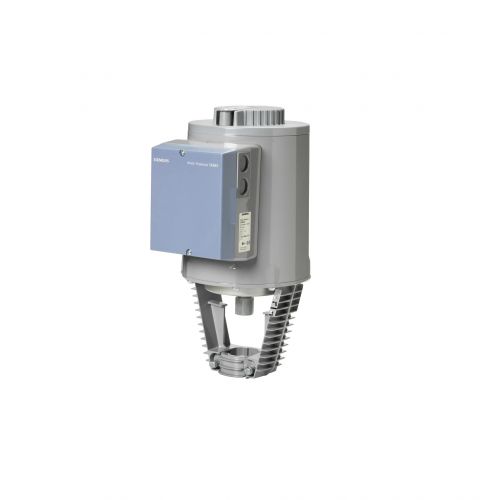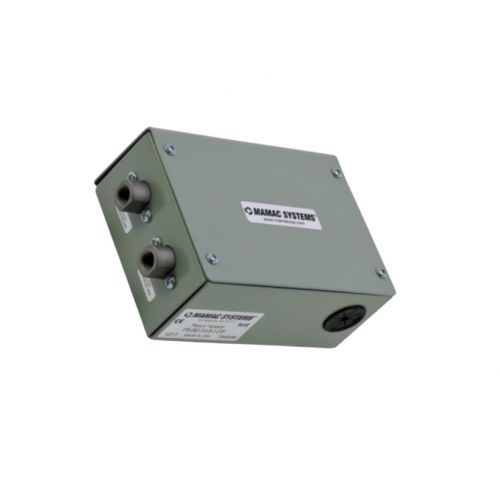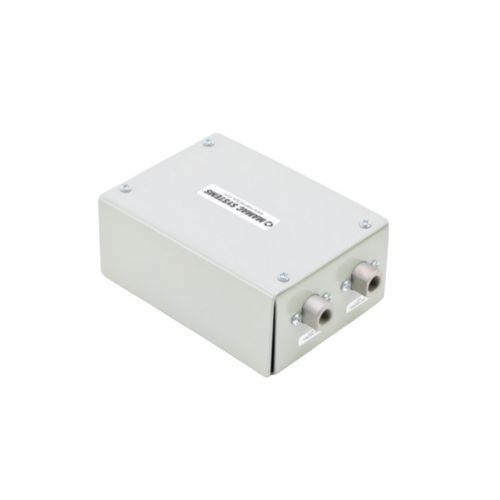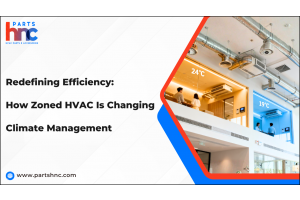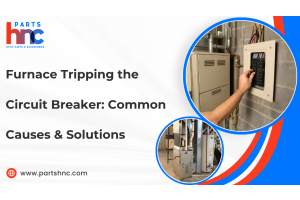Troubleshooting Common AC Unit Control Board Problems and How to Fix Them for Better Cooling
Air conditioning units rely heavily on their control boards to regulate temperature, manage system functions, and ensure efficient cooling. When the control board malfunctions, it can cause a range of issues from erratic operation to a complete breakdown of the AC system. Understanding common control board problems is crucial for homeowners and technicians alike to diagnose and fix these issues promptly. This not only restores optimal cooling performance but also helps prevent costly repairs or premature system replacement. In this guide, we’ll explore typical AC unit control board problems, how to identify them, and practical troubleshooting steps to get your air conditioner back to running smoothly, ensuring comfortable indoor temperatures all year round.
Understanding the Role of the Control Boards in an Air Conditioning Unit
The control board is the “central command” of an air conditioning unit, responsible for managing and coordinating all its critical functions. It ensures the system operates efficiently, maintaining the desired temperature and protecting the unit from damage. Without a properly functioning control board, your AC may not work correctly or could stop working altogether.
Key Roles of the Control Board:
-
Managing System Operations: It controls the compressor, fan motors, and other components, ensuring they run in the right sequence and at the right time.
-
Temperature Regulation: The board receives signals from the thermostat and adjusts cooling cycles accordingly to maintain consistent indoor temperatures.
-
Safety Monitoring: It monitors various sensors and switches to detect issues like overheating, electrical faults, or refrigerant problems, shutting down the system when necessary to prevent damage.
-
Communication Hub: Modern control boards facilitate communication between different components and sometimes connect to smart home systems or remote controls.
-
Diagnostic Function: Many control boards have built-in diagnostic features that help technicians identify and troubleshoot problems quickly.
Understanding how the control board works helps in diagnosing issues more effectively and ensures timely maintenance, leading to better performance and longer AC lifespan.
Common Signs of a Faulty AC Unit Control Board
The control board is vital for your AC’s operation, and when it starts to fail, you’ll notice specific signs. Recognizing these early can help prevent further damage and costly repairs.
-
Frequent LED Blinking or Unusual Patterns: Frequent blinking or unusual LED patterns on the control board often indicate a fault.
-
No Response to Thermostat Commands: The AC runs but doesn’t respond to thermostat commands, showing a communication issue.
-
Delayed or Missing Compressor and Fan Activation: Compressor or fans start late or fail to activate despite power being supplied.
-
Random System Resets or Reboots: The system randomly resets or reboots without user input.
-
Burn Marks or Swollen Components: Burn marks or swollen components on the control board reveal physical damage.
-
Inconsistent Voltage Readings at Board Terminals: Voltage readings at the board terminals fluctuate inconsistently.
-
Overheating Control Board: The control board overheats, sometimes noticeable by heat on the unit’s panel.
Spotting these signs early helps in timely repairs, keeping your AC running efficiently.
Step-by-Step Process for Troubleshooting AC Unit Control Board Issues
Accurately troubleshooting AC unit control board problems is essential for restoring your AC unit’s optimal performance. This step-by-step guide provides a systematic approach to identify and address common control board faults safely and efficiently
Problem: AC Unit Control Board Not Working
Cause: The control board may have failed or is not receiving power, preventing the system from starting.
Symptoms:
-
No power or response when the thermostat is adjusted
-
Fans and the compressor remain inactive
-
No indicator lights on the control board
Fixes:
Step 1: Check Power Supply
-
Confirm the main circuit breaker and AC-specific breaker are ON and not tripped.
-
Test the outlet voltage to verify the unit is receiving power.
-
Inspect and replace any blown fuses in the disconnect box near the unit.
Step 2: Inspect Control Board and Wiring
-
Open the control panel and visually inspect for burnt components, corrosion, or damaged wiring.
-
Tighten any loose wire connections to ensure proper contact.
-
Replace the control board if physical damage or burnt parts are found.
Step 3: Reset the Control Board
-
Shut off the power to the AC unit at the breaker for 10 minutes to allow capacitors to discharge.
-
Turn the power back on and monitor if the system powers up correctly.
Problem: AC Unit Turns On and Off Intermittently
Cause: Faulty relays, poor wiring connections, or a failing control board cause erratic cycling.
Symptoms:
-
Compressor and fans turn on and off randomly
-
System shuts down unexpectedly during operation
-
Buzzing, clicking, or humming noises near the control board
Fixes:
Step 1: Test and Replace Faulty Relays
-
Use a multimeter to check relay coil resistance and contact continuity.
-
Replace any relays that show signs of sticking or electrical failure.
Step 2: Inspect and Secure Wiring Connections
-
Examine all wiring terminals on the control board and compressor contactor.
-
Tighten any loose screws or connectors to prevent intermittent contact.
Step 3: Check for Overheating or Short Circuits
-
Ensure the compressor and fan motors are not overheating or causing a short that triggers shutdowns.
-
Replace motors or capacitors if necessary.
Step 4: Replace Control Board if Problems Persist
-
If cycling continues despite fixing relays and wiring, replace the control board to eliminate internal faults.
Problem: Fans or Compressors Fail to Start
Cause: Control board fails to send activation signals, or there are issues with the thermostat or wiring.
Symptoms:
-
Thermostat calls for cooling, but the fans and the compressor remain off
-
Outdoor fan motor and the indoor blower do not run
Fixes:
Step 1: Verify Thermostat Settings and Wiring
-
Confirm the thermostat is in cooling mode and the temperature is set below room temperature.
-
Check thermostat wiring for loose or disconnected wires.
Step 2: Measure Voltage Output at Control Board Terminals
-
Use a multimeter to check if the control board sends the correct voltage to the fan motor and compressor start relay terminals when cooling is requested.
Step 3: Test Fan and Compressor Motors Directly
-
Manually apply power to the fan and compressor terminals to confirm motors operate correctly.
-
Replace faulty motors or capacitors as needed.
Step 4: Replace Control Board if Output is Missing
-
If the board fails to supply voltage despite proper thermostat signals, replace the control board.
Problem: Error Codes or Blinking Lights on Control Board
Cause: The Control board detects system faults and signals error codes via blinking LEDs.
Symptoms:
-
Blinking or flashing lights on the control board
-
System shuts down or locks out
-
Error codes shown on thermostat or control panel (if equipped)
Fixes:
Step 1: Decode Error Codes
-
Refer to the manufacturer’s service manual or website to interpret the blinking light sequence.
Step 2: Reset the Control Board
-
Power off the system at the breaker for 5 minutes to clear temporary faults.
-
Power on and observe if the error clears or persists.
Step 3: Investigate and Repair the Underlying Fault
-
Test and replace faulty sensors (temperature, pressure, or humidity sensors) as indicated.
-
Inspect wiring harnesses for damage or corrosion and repair as needed.
-
Replace the control board if persistent errors remain after all fixes.
Check out the guide on Lennox air conditioner troubleshooting: how to fix common Problems to quickly identify issues and restore your unit’s cooling performance.
How to Fix Common AC Unit Control Board Problems
Dealing with AC unit control board problems can cause your system to malfunction or stop working altogether. Timely troubleshooting and repairs can restore proper function and prevent further damage.
Faulty Sensor Detection
Issue: The control board fails to correctly interpret signals from sensors, causing system errors.
Signs: Blinking LED error codes on the control board, system lockouts, or inconsistent temperature control.
Fix: Run built-in diagnostics to identify faulty sensors, then repair or replace the malfunctioning sensors; reset the control board.
Outdated Firmware Erratic Operation
Issue: Old or corrupted control board firmware leads to unexpected shutdowns or erratic cycling.
Signs: Random system shutdowns, inconsistent fan/compressor cycling, or unexplained error codes.
Fixes: Check for firmware updates from the manufacturer and install the latest version to improve stability.
Contamination Inside Control Housing
Issue: Dust, dirt, or insect debris causes shorts or corrosion on control board components.
Signs: Intermittent operation, visible corrosion or debris inside the control panel, or control board failure.
Fixes: Clean the control housing regularly, remove debris, and seal openings to prevent further contamination.
Power Surge Damage
Issue: Electrical surges from storms or unstable power supply damage sensitive control board components.
Signs: Sudden loss of power, the control board not responding, or burnt components visible on the board.
Fixes: Install surge protection devices; replace the damaged control board.
Faulty Components Board Failures
Issue: Defective compressors, sensors, or wiring cause excessive load or faults that damage the control board repeatedly.
Signs: Multiple control board replacements within a short period; recurring error codes related to sensors or compressor faults.
Fixes: Inspect and replace faulty components like compressors, contactors, sensors, or wiring before installing a new control board.
Overheating Control Board
Issue: Insufficient ventilation causes the control board to overheat, leading to resets or permanent damage.
Signs: Control board resets during operation, error codes linked to temperature, or physical heat damage on the board.
Fixes: Improve airflow and cooling in the control compartment; remove obstructions and install fans or vents if necessary.
Preventive Maintenance Tips to Extend the Life of Your AC Unit’s Control Board
Regular preventive maintenance is key to extending the life of your AC unit's control board and avoiding unexpected breakdowns. Simple, consistent care can keep your system running smoothly and efficiently.
-
Clean the Control Panel Regularly: Remove dust and debris using a soft brush or compressed air at least twice a year to prevent shorts and corrosion.
-
Inspect Wiring and Connections: Check all wiring terminals and connectors for tightness, corrosion, or wear, and repair any issues promptly.
-
Seal the Control Housing: Prevent moisture and pests from entering by sealing gaps or cracks in the control board enclosure.
-
Ensure Proper Ventilation: Maintain adequate airflow around the control compartment to prevent overheating and related failures.
-
Install Surge Protection: Use surge protectors or voltage stabilizers to guard the control board against power spikes and electrical surges.
-
Schedule Professional Inspections: Have a licensed HVAC technician perform routine check-ups to detect and fix early signs of control board problems.
By following these preventive maintenance steps, you can help your AC unit's control board operate smoothly and extend its lifespan, saving you time and money in the long run.
Check out this guide on how to clean an air conditioner by yourself to keep it running efficiently and improve indoor air quality.
Conclusion
Addressing AC unit control board problems promptly is crucial for maintaining the efficiency and stability of your AC unit. Understanding common issues and knowing how to troubleshoot them empowers you to minimize downtime and avoid costly repairs. Preventive maintenance plays a key role in protecting the control board from damage and extending its service life. By combining proactive care with effective troubleshooting, you can ensure your AC system delivers consistent cooling performance and keeps your indoor environment comfortable all year long.
FAQs
Can I repair the AC Unit Control Board myself?
Minor issues like loose wires or blown fuses can be fixed DIY, but complex problems require professional repair or replacement. Safety and correct diagnosis are important for effective repairs.
How much does it cost to replace an AC Unit Control Board?
The cost varies depending on the model and labor, typically ranging from $200 to $600. It’s best to get a professional estimate for accurate pricing.
Can a faulty Control Board cause my AC to freeze up?
Yes, if the control board fails to regulate fan or compressor operation properly, it can lead to freezing or uneven cooling. Diagnosing the control board can help resolve these symptoms.
Where is the control board on an AC unit?
The control board is typically located inside the air handler or furnace, behind the access panel near the blower motor. It’s mounted on a metal panel and connected to various wires that control the system’s functions.
